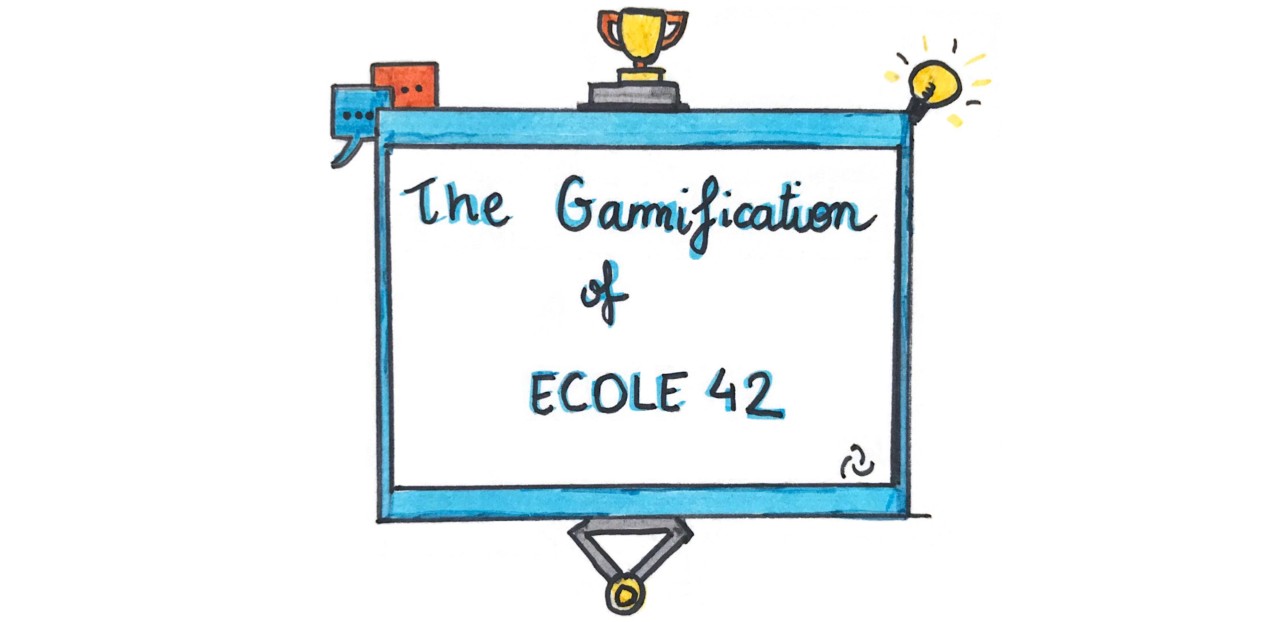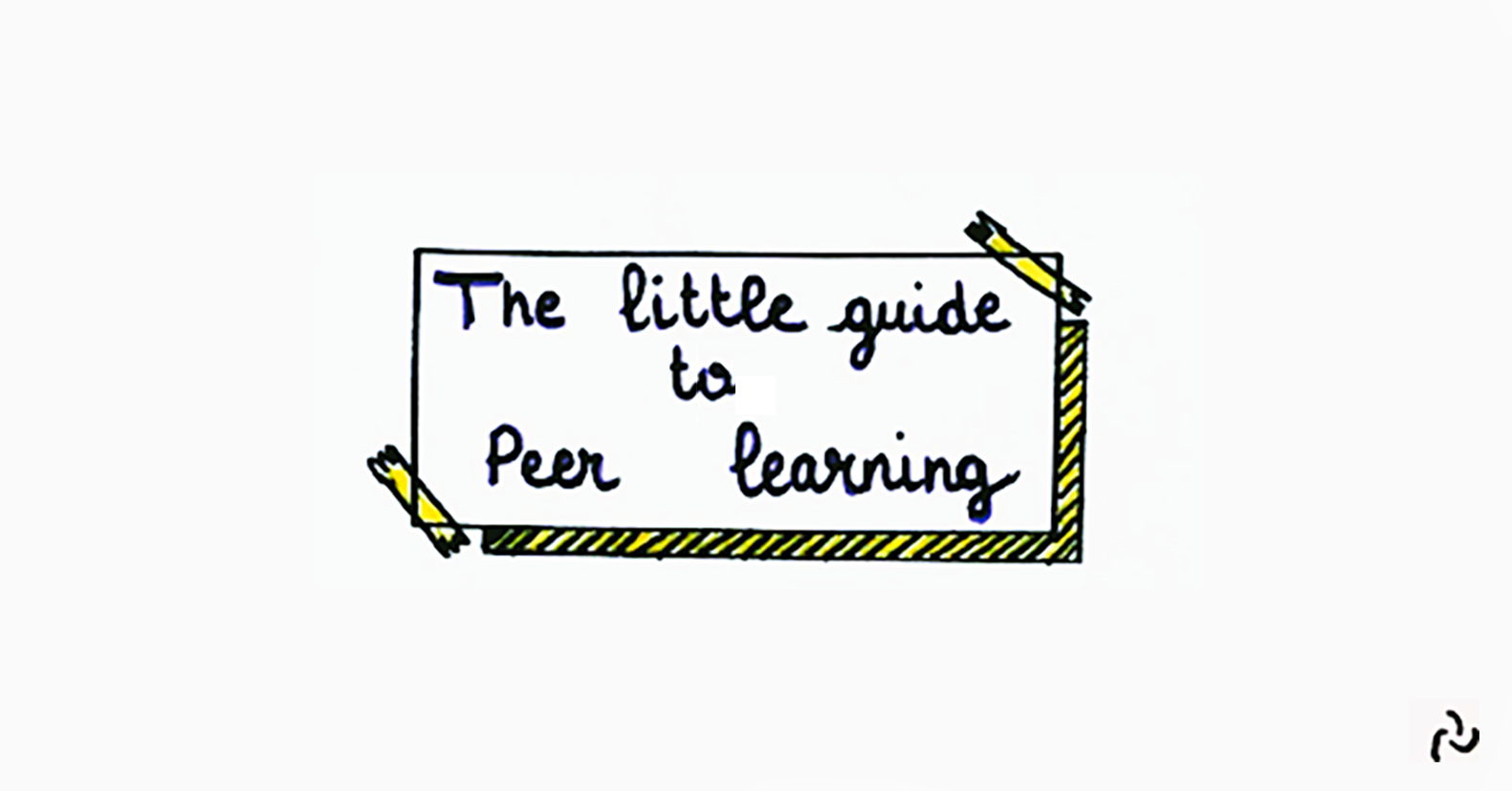Deep down, everyone knows that remote learning is not going away. Education will not go back to a pure face-to-face environment.
So, educators have adapted. For the past year, they have been working hard to captivate student attention online.
Not an easy feat - but doable!
Today, Lorcan, who leads an online bootcamp with an 80% completion rate, shares his approach.
The Get Into Tech bootcamp is free, hands-on, and destined for underserved youth - which makes the completion rate all the more meaningful!
(Disclaimer: we are also super proud because Rbean designed the program.)
Read on for Lorcan’s tips!
Make your students comfortable
You earn your students’ respect and attention when they see that you truly care about them. You have got to build that connection!
So, try to:
- Take the time to understand where they come from.
Do a background check on LinkedIn, read application transcripts - anything that gives you a sense of who they are. - Remember what it was like when you started as a student.
Draw on your own experience to talk through any discomfort, excitement or anxiety with students directly. - You can see where people live and their house - use this to build empathy.
- Put yourself at their level.
Don’t tell them how they should think, but embody a positive student attitude yourself. - Connect the dots explicitly.
Ensure that you make the connection to the why or, if they are not interested in a task, lay out the benefits of doing it. - Make sure you are setting the pace for the class: be energetic, be involved, be engaged!
Above all, make sure everybody feels comfortable and heard. If you build trust, students will turn to you for help and mentoring when they need it.
Serve weaker students
Make it simple.
Not only will students quickly understand what you are saying, but it will also build trust between mentor and student.
Don’t let uncertainties fall to the cracks.
Go the extra mile to make sure everybody understands. If one has a question, it’s likely others will have the same question as well. Investigate ruthlessly to get to the actual pain points!Make it as simple as you can.
Acknowledge it if a topic/area is a bit complex, but bring it back to the basics to help them make sense of it.Be extremely suspicious of jargon.
More experienced students will talk with a lot of jargon, but don’t let them. Feign ignorance: “Ooof! Can you make that simpler for me?” (They will struggle!) Make sure to bring everybody to the same level of understanding.
Create bonds between students
A thriving community empowers students!
Peer learning holds up a mirror to students and lets them explore their mind and unique interests. Structured peer interactions are excellent to stimulate discussions around work habits, creativity - or any meaningful subject, really.
Here are basic steps to build a learning community:
Build a rapport between people first.
Give everybody a chance to speak their opinion. If somebody hasn’t expressed themselves publicly yet, make sure they are comfortable doing it in small groups before you bring them into the wider group.Cherish your icebreakers.
Take enough time for the introductions. Just give as many people as possible the spotlight during the first sessions. Then the report builds naturally.Kiss competition goodbye.
When you take the competitive edge away, it brings people’s natural benevolence. It really helps students learn, so break the silos down.Let student champions take the lead.
Let them be really involved and take a back seat. Once the class champion gives an answer, ask whoever asked the question to repeat what they understood. That glues the class together and makes them feel more involved as a community.
These tips work well for Lorcan, who is a proud and happy instructor!
Naturally, his advice is not exclusive to distance learning. It also depends on the way the program is structured - a hands-on program won’t work like a lecture-based program do.
Nevertheless, through reflection and some trial & error, you can figure out what works best for you and your students. 🙌




